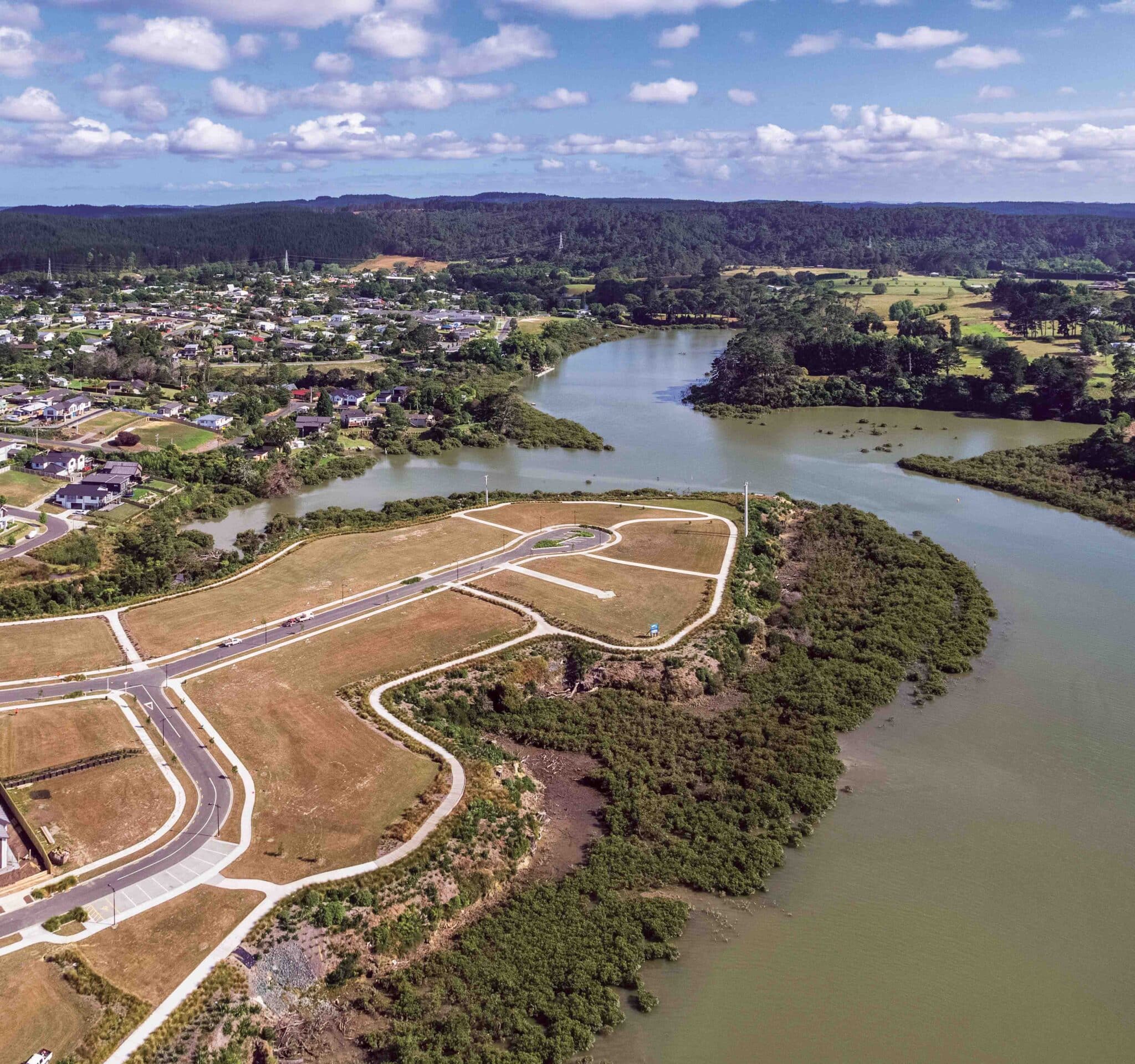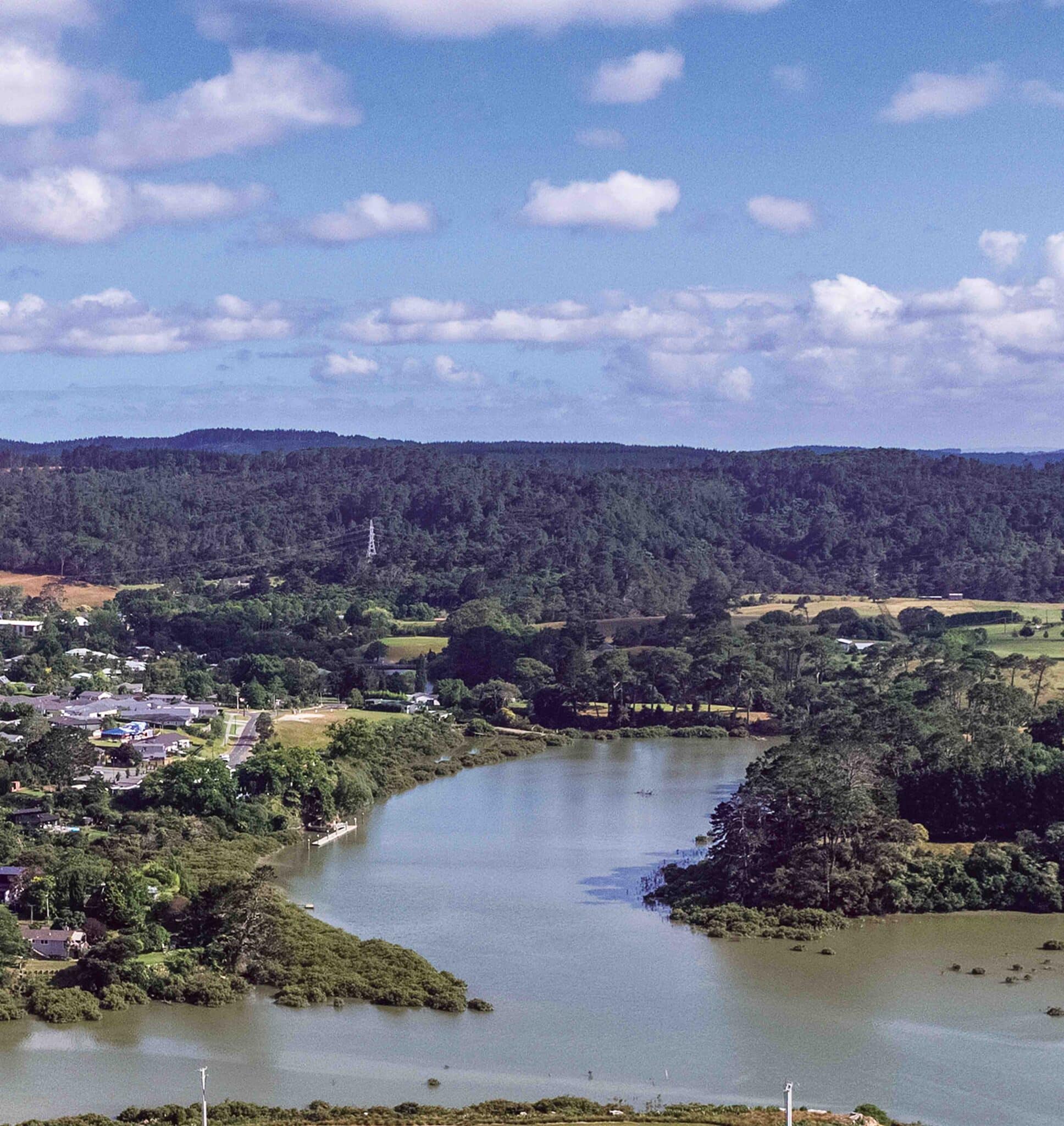Discover how the Government’s new ‘Going for Housing Growth’ Programme could transform development and unlock new opportunities. We talk to Kaaren Joubert, Planning Manager, Simon Reiher, land development expert and Registered Professional Surveyor, and Myles Goodwin, Rural Subdivision Expert and Environmental Director of Cato Bolam, about what these changes could mean for Northland and Auckland.
Snapshot of the Going for Housing Growth Programme
Housing Minister Chris Bishop announced the Government’s strategy in July to address the housing supply shortage as part of the ‘Going for Housing Growth’ programme.
This initiative aims to enable more homes to be built through three main pillars:
- Freeing Up Land for Urban Development: Removing restrictive planning barriers to make more land available for housing.
- Improving Infrastructure Funding and Financing: Ensuring the infrastructure to support urban growth is adequately funded.
- Providing Incentives for Growth: Offering incentives for communities and councils to support growth.
The primary objective of these pillars is to significantly increase the supply of developable land for housing, both within and on the edges of urban areas, to improve housing affordability.
Insights from Cato Bolam Experts.
We talked to Kaaren Joubert, Planning Manager, Simon Reiher, land development expert and Registered Professional Surveyor, and Myles Goodwin, Rural Subdivision Expert and Environmental Director of Cato Bolam, about the proposed changes and what they might mean for Northland and the Auckland region.
What can we expect?
Kaaren: “Auckland Council is expected to adapt its 2023-2053 Future Development Strategy, which indicates locations for future growth, to enable development to start sooner. Whangārei Council will be expected to prepare a 30-year Future Development Strategy (FDS) to indicate locations for future growth and necessary infrastructure. The Government also emphasises enabling more housing in greenfields [at the outskirts of urban areas, including Future Urban Zoned land], and brownfields [within existing urban areas].”
The ‘right to build’ on city fringes.
Kaaren: “This will include proposed rezoning to allow development at city fringes without rural-urban boundary restrictions. However, the ‘right to build’ will be conditional on developers covering infrastructure costs such as roads, water, and sewage systems. To assist with costs, the Government is working on funding mechanisms to support infrastructure development, which will be implemented by the end of 2024.”
Simon: “Northland’s growth has long been held back by infrastructure limitations. Incentivising modern infrastructure solutions and government funding would promote efficient land development and boost economic growth in Northland’s town centres and urban fringes, giving councils time to expand their networks.”
Myles: “While it is too early to say exactly how these proposed changes will impact development on properties located on the rural-urban boundary, it is likely that we will see an improved balance of greenfield and brownfield development throughout the Auckland region.”
A streamlined process for ‘Granny Flats.’
Kaaren: “Building minor dwellings is proposed to become more straightforward. The Government is seeking feedback on options for allowing ‘Granny Flats’ up to 60m² to be built without building or resource consent. Licensed professionals would supervise these to ensure compliance. In Auckland, it would mean a 5m² reduction in the current permitted area for minor dwellings but with the trade-off of not requiring a resource or building consent. Subject to recommendations, these changes would take effect by mid-2025.”
What steps can you take now?
Kaaren: “It is important to remember that new policies or plan changes [rezoning] are subject to a formal submission process. The public and/or councils will be invited to submit their feedback. If you want to shape how these new directions impact your land, we can assist you in making a submission.”
Explore your property’s potential.
Simon: “The decisions announced are significant and will increase development opportunities, catalysing a strong upturn in new development. Cato Bolam can help you understand the proposed changes and assist you in exploring opportunities for your land.”
Myles: “With over 50 years of experience in land development in Auckland and Northland, Cato Bolam can help you to stay ahead of policy and plan changes to deliver the best outcome for your project.”
Planning to build or subdivide?
Contact your local Cato Bolam office for expert advice on how these changes might affect your property.



